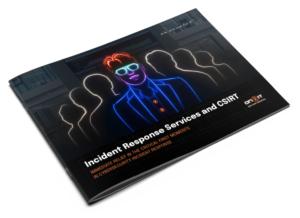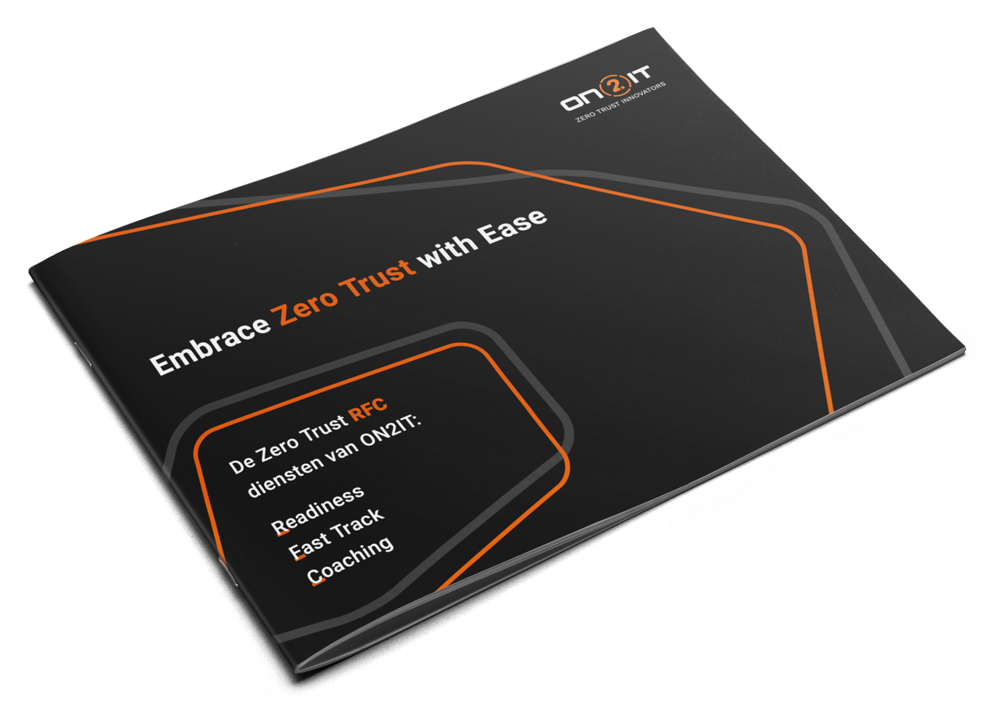Summary
Cyber insurance is no longer a safety net — it’s a scorecard.
At a recent New York roundtable of financial leaders, the conversation turned to a question every CISO is starting to face: how do you prove resilience, not just claim it?
The answer, many agreed, lies in Zero Trust.
When organizations can show continuous control – verified access, automated response, auditable logs – insurers are beginning to reward it with lower premiums and stronger coverage.
The shift is clear: Zero Trust isn’t just reducing risk.
It’s turning security performance into financial advantage.
Introduction: Insights from the NYC Fraud Summit Roundtable
What happens when cybersecurity maturity becomes a financial asset – one that can cut premiums and attract investors?
That question drove an intense conversation among financial leaders at Fraud Summit in New York City earlier this month, where the topic wasn’t new threats – but a new way of valuing trust itself.
Hosted by Dr. Yuri Bobbert, ON2IT’s Chief Security Officer, the roundtable gathered CISOs, underwriters, and regulators to explore a striking trend: cyber insurance is no longer a backup plan. It’s becoming a live measure of resilience.
Cyber Insurance Is No Longer a Backup Plan
For years, cyber insurance has been viewed as a financial safety net, a reactive cushion for when preventive defenses fail. That era is ending. Today, insurers and underwriters are fundamentally changing how they assess, price, and reward cybersecurity maturity. This shift means that security posture has become a direct financial lever, one that can reduce premiums, attract investors, and strengthen a company’s market position. Our roundtable discussion centered on how the financial sector can keep up with these new expectations. Increasingly, insurers are rewarding organizations that can demonstrate real evidence of continuous control – live dashboards, verifiable logs, and zero-trust-aligned governance practices.
Zero Trust as a Business Enabler
Zero Trust (ZT) has evolved far beyond its origins as a technical framework. In our research and in ON2IT’s Zero Trust as a Service (ZTaaS) model, we show how the integration of governance, automation, and human oversight can reduce both the likelihood and impact of a breach by up to 75%. By embedding principles like never trust, always verify into everyday operations – and supporting them with dashboards, SOC monitoring, and incident response teams – organizations gain a level of measurable assurance that insurers now value as hard evidence of control.
As discussed in the session, this shift means Zero Trust isn’t just about protecting data – it’s about protecting capital.
The Roundtable Questions That Sparked the Debate
We structured the conversation around a few key questions now shaping the industry’s next chapter:
- How is cyber insurance evolving in response to new threat and compliance realities?
- What role does Zero Trust play in directly reducing incident impact?
- How do third-party risks and supply chain attacks compare to internal threats?
- In what ways does the cyber insurance market incentivize Zero Trust adoption?
- What security expectations are now being placed on financial vendors – and how will these be enforced?
Each of these questions underscored the same truth: leadership in financial services must move from reactive compliance toward continuous, evidence-based assurance.
Bridging Research and Practice
This roundtable built upon years of collaborative research, including our paper “Cut Cyber Risks and Premium Costs,” which I co-authored with our CISO in the Netherlands, Tim Timmermans, that quantifies how Zero Trust components reduce risk and cost across five key domains, not only minimize breach impact but also demonstrate governance maturity to regulators and insurers alike.
A Call to Action for Financial Leaders
The takeaway from our New York discussion was clear: Cyber insurance is no longer simply a post-breach recovery tool. It’s becoming a benchmark for resilience and governance, and Zero Trust is the playbook for achieving it.
As threat actors grow more sophisticated and the financial implications of cyber incidents multiply, the next generation of leaders must bridge technical mastery with business and economical acumen.
FAQ
What was the focus of ON2IT’s New York roundtable?
The session, led by ON2IT CSO Dr. Bobbert during the annual Fraud Summit, focused on how Zero Trust frameworks are transforming the economics of cyber insurance in the financial sector.
How is cyber insurance changing in 2025?
Insurers are moving from reactive payout models to continuous risk evaluation, rewarding companies that can prove security maturity through dashboards, logs, and Zero Trust governance practices.
Why is Zero Trust becoming a business enabler for financial institutions?
Zero Trust provides measurable, auditable control evidence – giving insurers, regulators, and investors confidence in an organization’s resilience. This translates into lower premiums, stronger investor trust, and competitive advantage.
What was the main takeaway from the roundtable?
That cyber insurance is no longer a backup plan – it’s a resilience benchmark, and Zero Trust is the roadmap to achieve it.


